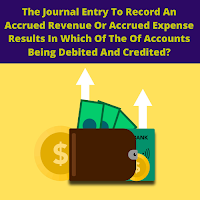Retained Earnings Debit Or Credit

Retained Earnings Normally Has An Account Balance That / A Debit And Credit Balance In Retained Earnings Is Called What? Accordi ng to the Rules of Deb it A nd Credit , when Retained Earnings increases, we credit it and when it decreases, then we debit it. The N ormal B alance or usual balance for retained earnings account is Credit and it is a favourable balance or positive balance for these. It shows accumulated Profit. If there is a debit balance, then we called it a accumulated loss or deficit that is unfavourable or negative balance for retained earnings account or earnings surplus account. Retained Earnings Is Also Known As What? It is also called earnings surplus. So, we ca n say that a credit balance in retained earnings is called accumulated profit while a debit balance in it is called accumulated deficit or loss.










